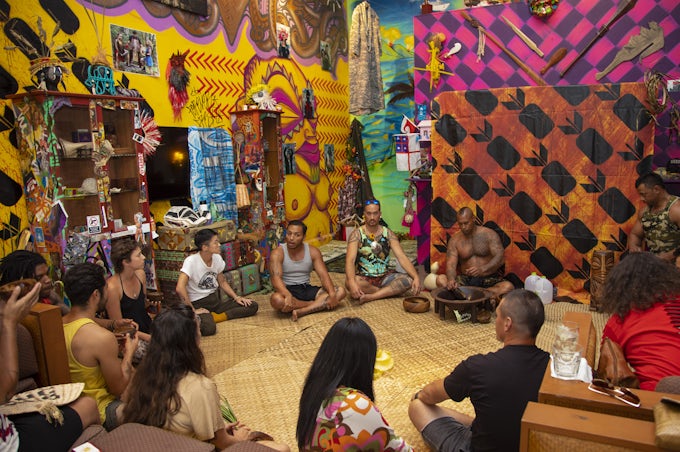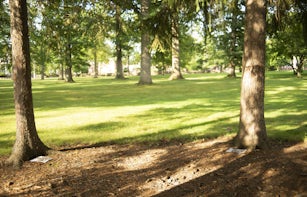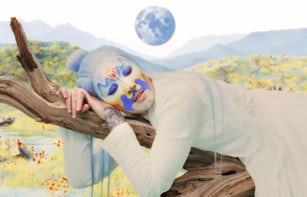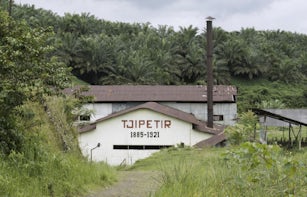The Imagination of Isolation: On Current Practices in Aotearoa

Curator Remco de Blaaij offers an overview of recent practices from Aotearoa. Reviewing the work of the performative research and action group founded by visual artist Rosanna Raymond SaVAge K’lub, projects of the Samoa House Library as well as the barkcloth pieces of Nikau Hindin, de Blaaij shows how these projects, often dwelling in isolation, constantly mediate with the outside to build local identity.



